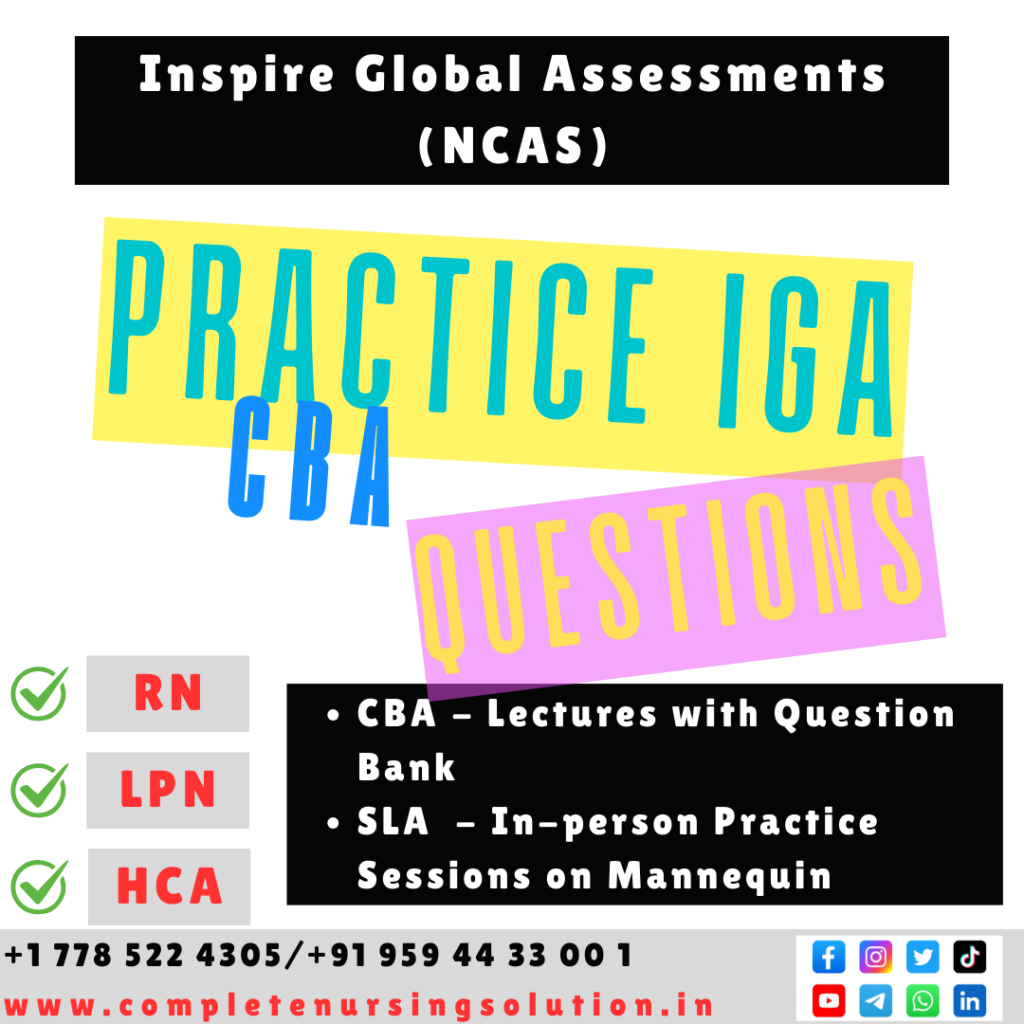Heparin is a natural anticoagulant. Its risk is heparin-induced thrombocytopenia (HIT), also known as heparin-associated thrombocytopenia. Normal platelet range is 150,000- 400,000/mm² (150-400 x 10L). A mild lowering of platelets may occur and resolve spontaneously around the 4th day of administration. The danger is type II HIT, a more severe form in which there is an acute drop in the number of platelets (more than 50% from baseline), which requires discontinuing heparin (Option 1).
Angiotensin-converting enzyme (ACE) inhibitors such as lisinopril are teratogenic. Lisinopril can cause embryonic/fetal developmental abnormalities (cardiovascular and central nervous system) if taken during pregnancy, especially during the first 13 weeks of gestation. During the 2nd and 3rd trimesters, ACE inhibitors interfere with fetal renal hemodynamics, resulting in low fetal urine output (oligohydramnios) and fetal growth restriction (Option 2).
Nitroglycerine causes vasodilation and can lower blood pressure. Systolic blood pressure should be >90 mm Hg to ensure renal perfusion (Option 3).
(Option 4) Gingival hyperplasia or hypertrophy is a known side effect of phenytoin (Dilantin) and is not a reason to stop the drug. Vigorous dental hygiene beginning within 10 days of initiation of phenytoin therapy can help control it. Signs and symptoms that require discontinuation include toxic levels or phenytoin hypersensitivity syndrome (lever, skin rash, and lymphadenopathy).
(Option 5) Warfarin (Coumadin) is used to prolong clotting so that the desired result is a "therapeutic" range rather than the client's "normal" control value when not on the drug. Therapeutic range is considered roughly 1.5-2.5 times the control (International Normalized Ratio (INR) of 2-3), but up to 3-4 times the control (INR of 2.5-3.5) in high-risk situations such as an artificial heart valve.
Heparin is a natural anticoagulant. Its risk is heparin-induced thrombocytopenia (HIT), also known as heparin-associated thrombocytopenia. Normal platelet range is 150,000- 400,000/mm² (150-400 x 10L). A mild lowering of platelets may occur and resolve spontaneously around the 4th day of administration. The danger is type II HIT, a more severe form in which there is an acute drop in the number of platelets (more than 50% from baseline), which requires discontinuing heparin (Option 1).
Angiotensin-converting enzyme (ACE) inhibitors such as lisinopril are teratogenic. Lisinopril can cause embryonic/fetal developmental abnormalities (cardiovascular and central nervous system) if taken during pregnancy, especially during the first 13 weeks of gestation. During the 2nd and 3rd trimesters, ACE inhibitors interfere with fetal renal hemodynamics, resulting in low fetal urine output (oligohydramnios) and fetal growth restriction (Option 2).
Nitroglycerine causes vasodilation and can lower blood pressure. Systolic blood pressure should be >90 mm Hg to ensure renal perfusion (Option 3).
(Option 4) Gingival hyperplasia or hypertrophy is a known side effect of phenytoin (Dilantin) and is not a reason to stop the drug. Vigorous dental hygiene beginning within 10 days of initiation of phenytoin therapy can help control it. Signs and symptoms that require discontinuation include toxic levels or phenytoin hypersensitivity syndrome (lever, skin rash, and lymphadenopathy).
(Option 5) Warfarin (Coumadin) is used to prolong clotting so that the desired result is a "therapeutic" range rather than the client's "normal" control value when not on the drug. Therapeutic range is considered roughly 1.5-2.5 times the control (International Normalized Ratio (INR) of 2-3), but up to 3-4 times the control (INR of 2.5-3.5) in high-risk situations such as an artificial heart valve.





iwin – nền tảng game bài đổi thưởng uy tín, nơi bạn có thể thử vận may và tận hưởng nhiều tựa game hấp